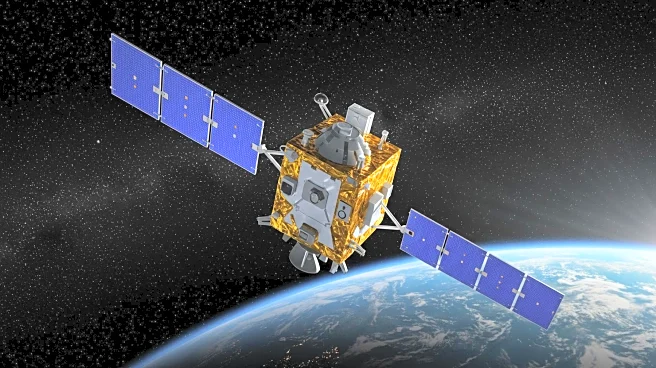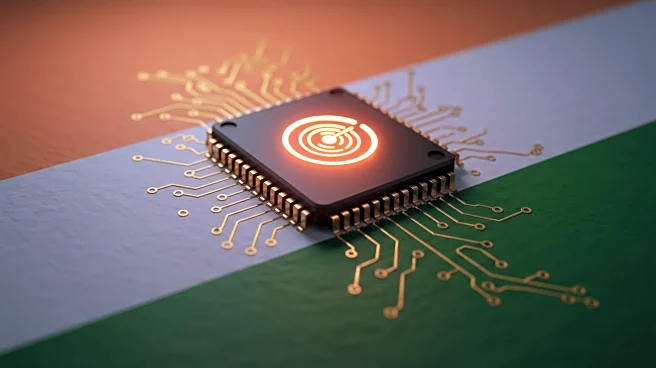What's Happening?
An Indian consortium led by Pixxel, along with partners Dhruva Space, PierSight, and SatSure, has been selected by the Indian National Space Promotion and Authorisation Centre (IN-SPACe) to design, build, own, and operate a national Earth observation constellation. This initiative is part of a public-private partnership framework and involves the development of a 12-satellite network over the next four to five years, with an investment exceeding INR12 billion (approximately US$137 million). The constellation will include sub-metre very high-resolution, wide-swath multispectral, synthetic aperture radar (SAR), and hyperspectral satellites, aimed at applications such as precision agriculture, water quality monitoring, land-use mapping, environmental compliance, disaster assessment, and infrastructure development.
Why It's Important?
This project marks a significant step in enhancing India's data sovereignty and reducing reliance on foreign imagery. By ensuring that all satellites are manufactured domestically, launched on Indian rockets, and controlled from within the country, the initiative supports India's policy drive to strengthen its space capabilities. The Earth observation satellite system will provide guaranteed national access to advanced EO data, leveraging private-sector agility to deliver it at scale. This development is expected to benefit various sectors, including agriculture, environmental monitoring, and infrastructure development, by providing more accurate and timely data.
What's Next?
The consortium will focus on building and operating the complete ecosystem, from satellites and ground stations to value-added services and advanced analytics. The project aligns with India's broader strategy to reduce dependence on foreign systems, including the US Global Positioning System (GPS), and enhance its regional navigation satellite system, NavIC. As the satellites are developed and launched, stakeholders in agriculture, environmental monitoring, and infrastructure development will likely begin integrating this new data into their operations, potentially leading to improved decision-making and efficiency.











